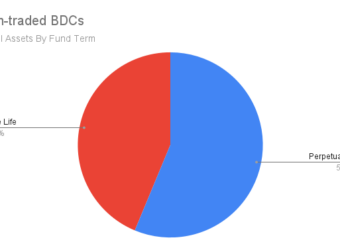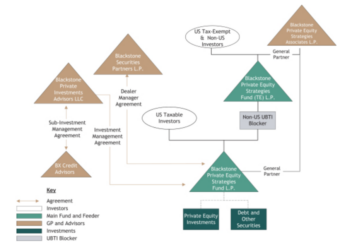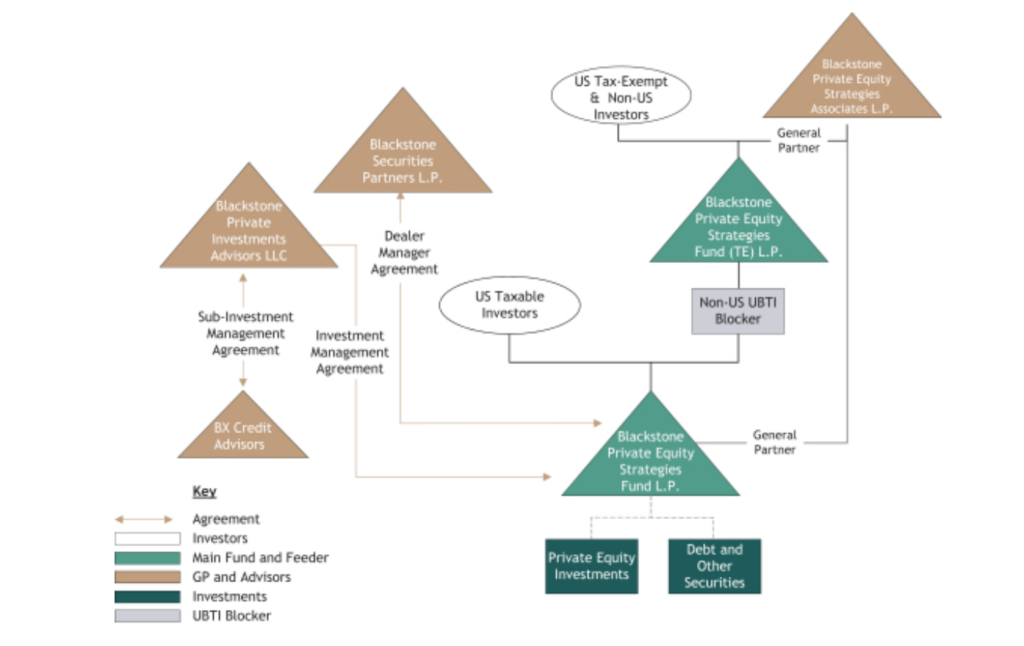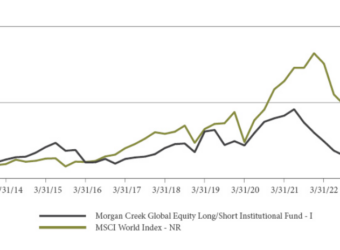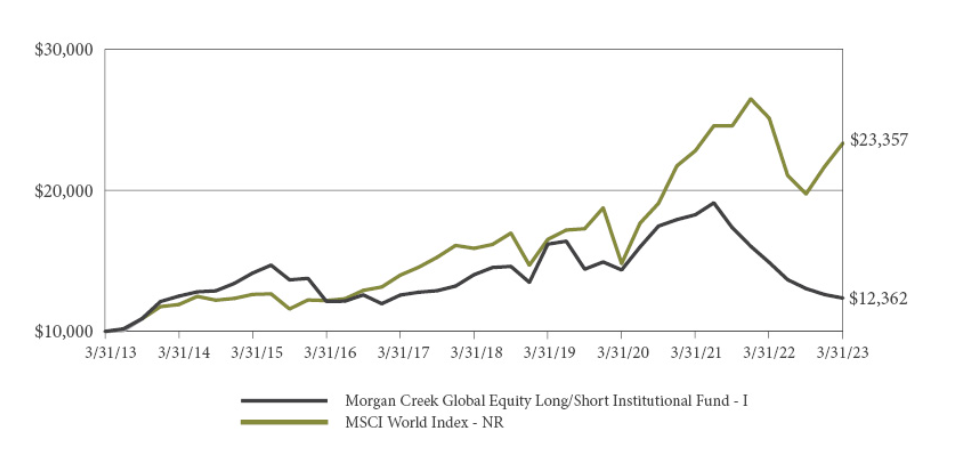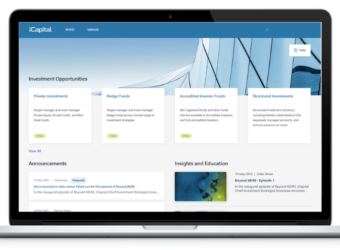NT BDC Sector Insights: Trends, Growth, and Market Leaders (May 2024)
As of the end of Q1 in 2024, total assets in NT BDCs reached $202.6 billion, up 36% from the same time last year. There are currently 103 NT BDCs in the markets, including 21 public and 82 private.
Total net assets in NT BDCs, totalled $112 billion as of the end of 2024Q1. By comparison, total net assets in interval funds are about $75 billion, and total net assets in credit interval funds are about $48 billion. Although interval funds have been growing in popularity, the BDCs remain a more popular strategy for private credit managers launching registered products.
Public and Private NT BDCs
Public NT BDCs conduct continuous public offering of their stock. Suitability standards for public offerings are typically minimal, and minimum investment amounts are often $2,500 or lower.
In contrast, Private BDCS raise capital exclusively through private placements from accredited investors. Most private BDCs use a capital call structure. Investors will enter into a subscription agreement and make a capital commitment to purchase a certain number of shares. The private BDC will then issue drawdown notices to call capital as they find investment opportunities. Many private BDCs also use private feeder funds to accommodate tax or legal concerns of potential investors.
Although there is a far greater number of NT BDCs raising capital via private offerings, it is till publicly offered vehicles that are raising most of the capital. . Private NT BDCs account for 80% of the NT BDCs by number, but only 41% by assets.
Perpetual-Life and Finite Life NT BDCs
Traditionally most NT BDCS have been Finite Life NT BDCs, meaning their prospectus or a PPM specifies the fund intends to pursue a liquidity event sometime in the future. Sometimes the offering document will target a liquidity event within a certain number of years(usually 5-7). Liquidity events include listing on a major stock exchange, mergers, or liquidations. In some cases, finite life BDCs will require board or investor approval to continue beyond a certain number of years. Some NT BDCs automatically reduce management fees after a certain number of years. In other cases, the manager has complete discretion. Nonetheless, in all cases investors enter finite life NT BDCs with the expectation that the fund will eventually provide complete liquidity in
In contrast, Perpetual Life NT BDC does not contemplate a liquidity event in its prospectus or private placement memorandum. Perpetual Life BDCs launch with intention of conducting a continuous offering and remaining non-traded indefinitely. They typically provide some interim liquidity through a share repurchase program, although it is not required. Perpetual Life NT BDCs are also known as “NAV BDCs.”
Although there are more finite-life BDCs than Perpetual BDCs, it is perpetual Life NT BDCs that have captured the most assets. Approximately 29% of NT BDCs are Perpetual Life structures, but they account for 63% of total assets. The market is led by a small handful of large Perpetual Life NT BDCs from well known sponsors.
Asset Concentration in NT BDC Sector
The five largest NT BDCs account for 51% of total assets and 50% of total net assets. Blackstone Private Credit Fund alone accounts for 28% of total assets, and 27% of net assets.
| Type | Fund | Term | Total Assets (MRQ) | Net Assets (MRQ) |
| Public | Blackstone Private Credit Fund | Perpetual-Life | $56,837,690,000 | $31,037,728,000 |
| Public | Blue Owl Credit Income Corp | Perpetual-Life | $19,833,938,000 | $10,177,764,000 |
| Public | HPS Corporate Lending Fund | Perpetual-Life | $10,413,585,000 | $6,247,210,000 |
| Public | Apollo Debt Solutions BDC | Perpetual-Life | $8,897,493,000 | $5,333,876,000 |
| Private | Blue Owl Technology Finance Corp. | Finite | $6,669,193,000 | $3,565,013,000 |
Other Tools and Resources
For comprehensive competitive intelligence on the alternative investments industry, sign up for Alternative.Investments Pro.
Interval Funds
Tender Offer Funds
Non-traded REITs
Non-traded BDCs
Liquidity solutions for unlisted securities



